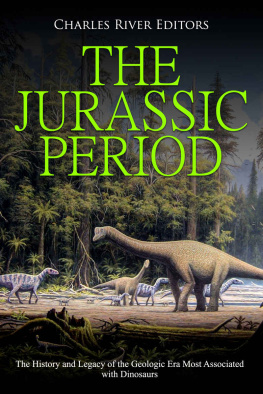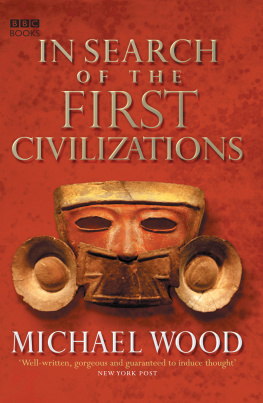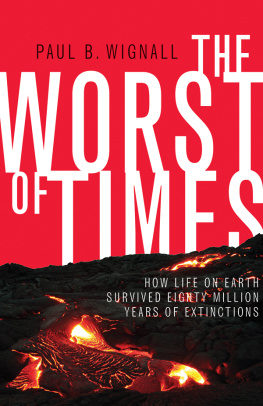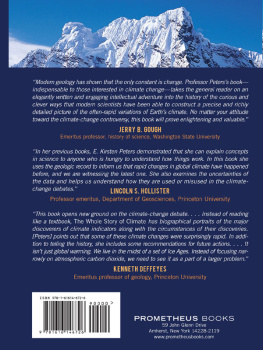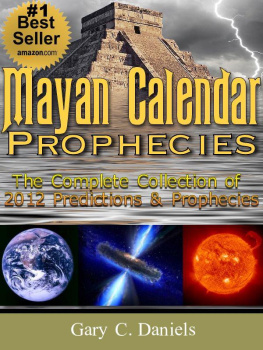Surprising Evidence of Spiritual and Astronomical Knowledge of the Mysterious Anasazis Civilization of the
Remote American Canyons
Sam Osmanagich, Ph.D.
No part of this publication may be reproduced, distributed, or transmitted in any form or by any means, including photocopying, recording, or other electronic or mechanical methods, without the prior written permission of the publisher, except in the case of brief quotations embodied in critical reviews and certain other noncommercial uses permitted by copyright law.
Introduction
The surface of the Earth over the last two million years provides evidence of the occurrence of eighteen ice ages each lasting about a hundred thousand years. Between them there were short periods of warming, which lasted no more than twelve thousand years. Those were the times when new life cycles would begin. Life blossomed, the planet turned green, and the sounds of various living beings could be heard most everywhere.
We are now at the end of one such temporary warm period which began 11,500 years ago. We are rapidly approaching another ice age. Climate changes will intensify, cold regions will become even colder, warm regions even warmer. Another cycle will come to an end. The dominant civilization will come to an end and it will take many generations before another cycle starts over from the beginning.
The thread which connects the civilizations of various warm periods will be lost. Or it may survive here and there through oral tradition or perhaps some written document. Then it will become a legend which will, with time, be dissolved in the forces which are connected by myth and imagination.
Will our distant descendants know about us or will they think that they are the first intelligent civilization on Earth just as we proudly imagine ourselves to be, in our ignorance? Will they be able to appreciate the variety and spirituality which we seem to be incapable of comprehending? Looking toward the future, we shall talk about the past. Not a particularly distant past. A people who arose at the same time that we ourselves did. And who shared one small part of our planet. And about whom we have forgotten as if they had never existed.
Not much of them has been left behind. The ruins of buildings and structures for astronomy. An occasional glyph in the stone. And an occasional legend told by those who came long after they had departed.
Three hundred years is not a long time for a civilization. In fact, by strictly scientific standards it would be difficult to talk about this as a civilization. Especially since we do not have any reliable data about where they came from, there are no written documents describing what they knew, and it is still a mystery as to why they abandoned their homes never again to return.
Their cities have been named by names which we have given them. We do not know what names they gave them. The purpose of certain strange structures we can only guess at. This is the challenge of this book. From the depth of cosmic history to bring to the surface at least some small part of the knowledge of those who are no longer here.
So that it should not be forgotten.
We call them the Anasazi.
Chapter One Coronado
Albuquerque, New Mexico
I arrived by plane in Albuquerque, a city of half a million. A third of the population of this spacious but sparsely populated state of New Mexico is located here. The Rent-a-Car agencies of American airports are no longer inside the terminal buildings. Probably due to the terrorism factor. The shuttle bus drives me a few kilometers outside the airport. The AVIS formalities take only a few minutes. The key is in the ignition of the Santa Fe Hyundai sports car.
The sunny morning and the wide freeway keep me company for the beginning of my visit to the world of the Anasazi and four states: New Mexico, Colorado, Utah and Arizona.
A new life is born. A baby is crying in the small room with stone walls. It is sitting on a blanket. Next to the baby is an ear of corn (Mother Maize) which is not moved from here for the next twenty days. The baby remains in the dark for that time. Early in the morning of the twentieth day, the mother picks up the child, holding him on her left arm, picks up the ear of corn with her right hand. She nods towards her mother, the baby's grandmother and they leave the house heading east. They pause, praying quietly, and begin breaking off the grains of corn, throwing them towards the setting Sun. When the Sun has risen to its full width on the horizon, the mother steps forward, lifts her child towards the Sun and says: Father Sun, this child belongs to You
The name the Anasazi had for themselves is unknown to us. Several hundred years after their departure, large numbers of Navaho Indians came from the north (from Canada) and seeing the remains of their buildings they gave the name Anasazi to the builders (ancient people or, in another translation, enemies of our forefathers).
Modern history makes the phenomenon of the Anasazi fit very nicely into the framework. They mention three phases of evolution: the first from 2,000 years ago and the time of the first nomads, the second from about 600 A.D. and the first settlements built underground and finally, the third, most developed phase of the building of stone cities from the 10th to the 13th centuries.
Without any explanation, their cities, spread out over an enormous extent of territory, were abandoned at the same time in the 13th century. The dominant theory is that migration occurred in two directions: to the southwest (to Arizona, the location of the present-day Hopi, who claim the Anasazi as their ancestors) and to the southeast (where there are nineteen tribes of Pueblo Indians in New Mexico).
But there is a slight problem here, because of the great gap between the time of the disappearance of the Anasazi civilization and the appearance of the Pueblo Indians.
Among the rare written documents on what was found in an untouched city of the Anasazi, we learn much from the pen of the rancher, Al Wetherhill, who in 1882 visited the Mesa Verde canyon.
The things in the rooms were left as if their owners had gone off to visit someone. Perfect examples of vases and dishes were neatly arranged on the floor; household tools were in the places where the women last used them evidence of children playing and places where the men met, the ashes in the hearth which had burned so long ago There was no evidence of violence. It seemed like we could almost see these people around us. To watch them working in the fields while the dogs were barking and the turkeys gobbling; women grinding corn and preparing the day's meal and children playing near the house.
It seemed like I was visiting the sacred soil of the peaceful homes of a people that had long ago ceased to exist...
The drive was a comfortable one. I made a stop at a Taco Bell. There were school children in the restaurant. The faces of Indians. This made me realize that I had arrived at the Sandia Pueblo reservation. In the parking lot there was an Indian of about fifty, with long hair, hitchhiking. Before I opened the car door, I asked him where he was headed. To San Ysidro, and from there by bus to Farmington. Since I was planning to spend the night somewhere around Farmington, I offered him a lift. But, I warned, we will get there late in the evening, because I'm stopping in Coronado and spending some time in the Chaco Canyon.


